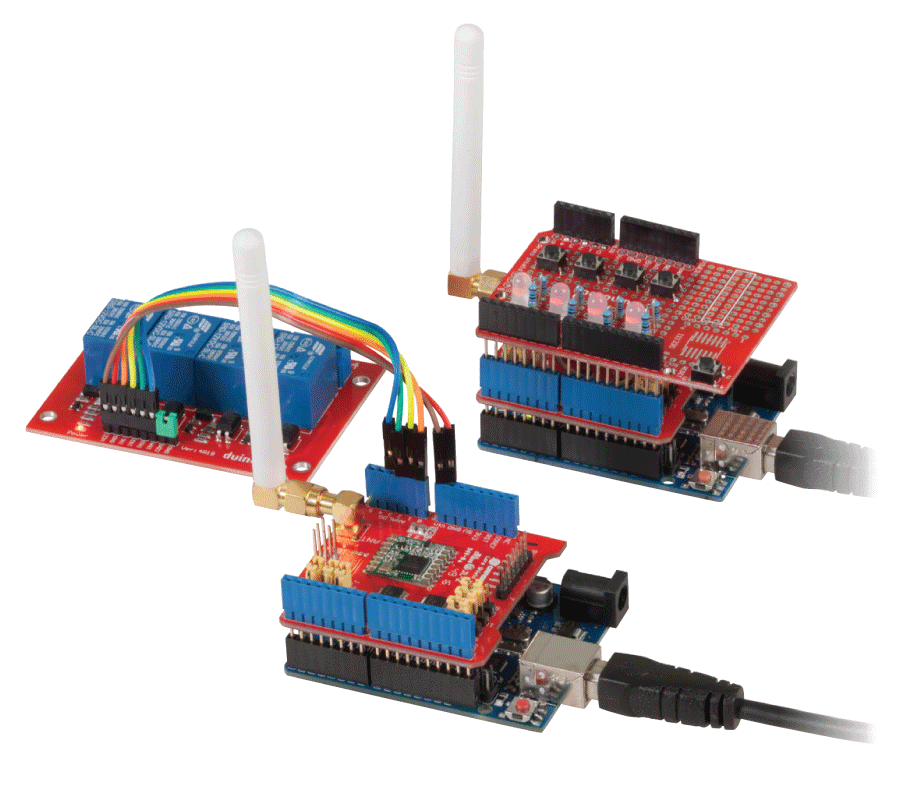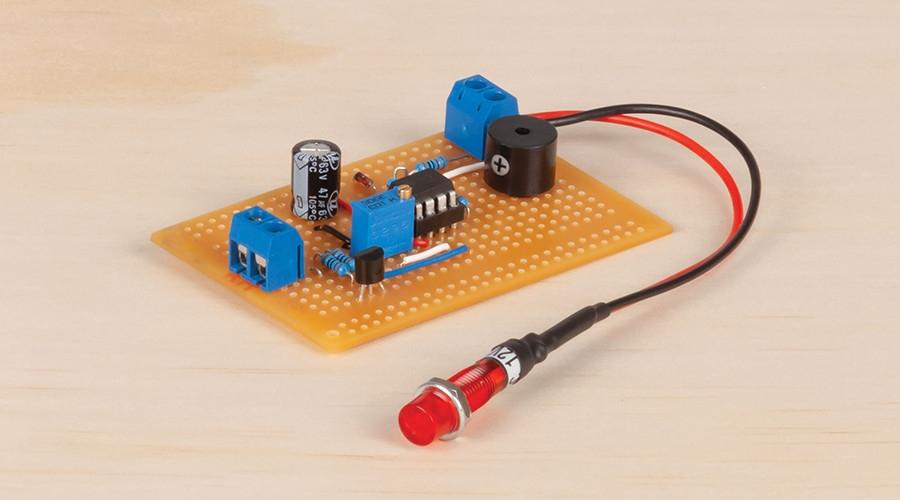Firstly, the concept is pretty simple

The hand gesture module
detects what the user is trying to do and sends a matching command to the wireless transmitter. That transmitter then activates the wireless power socket.
Likewise, the connection diagram is almost just as simple:
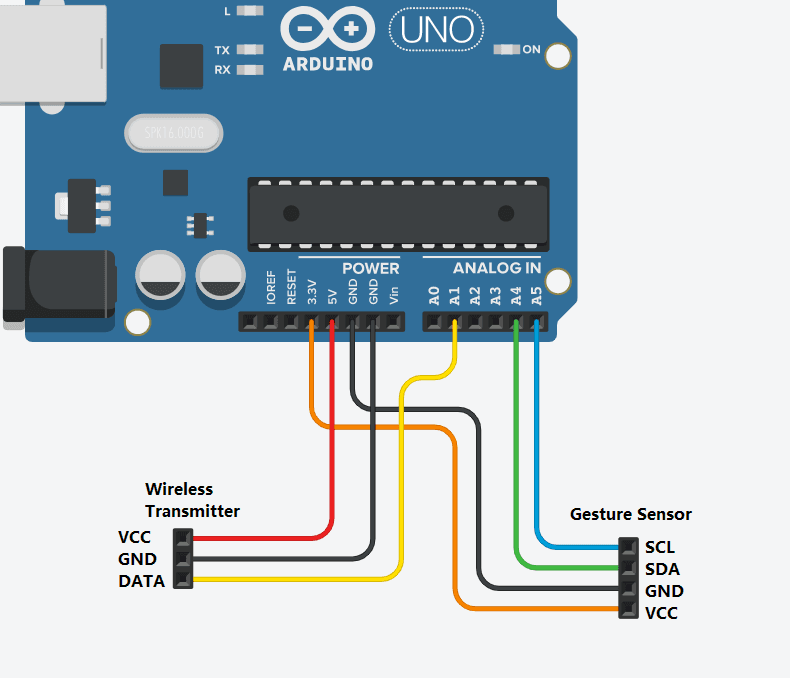
All we are doing is connecting up the gesture sensor exactly how it asks to be set up via the I2C protocol; The 433Mhz wireless can be connected anywhere, but we kept it on the same side as the other connections to keep things tidy.
We used a breadboard in our build, but you can use anything to connect between the pins of the hand gesture module and the UNO. If you haven't got one before, it's a good oppertunity to have a look at getting the
kit as that has a lot of the bits and pieces you might need every now and then.
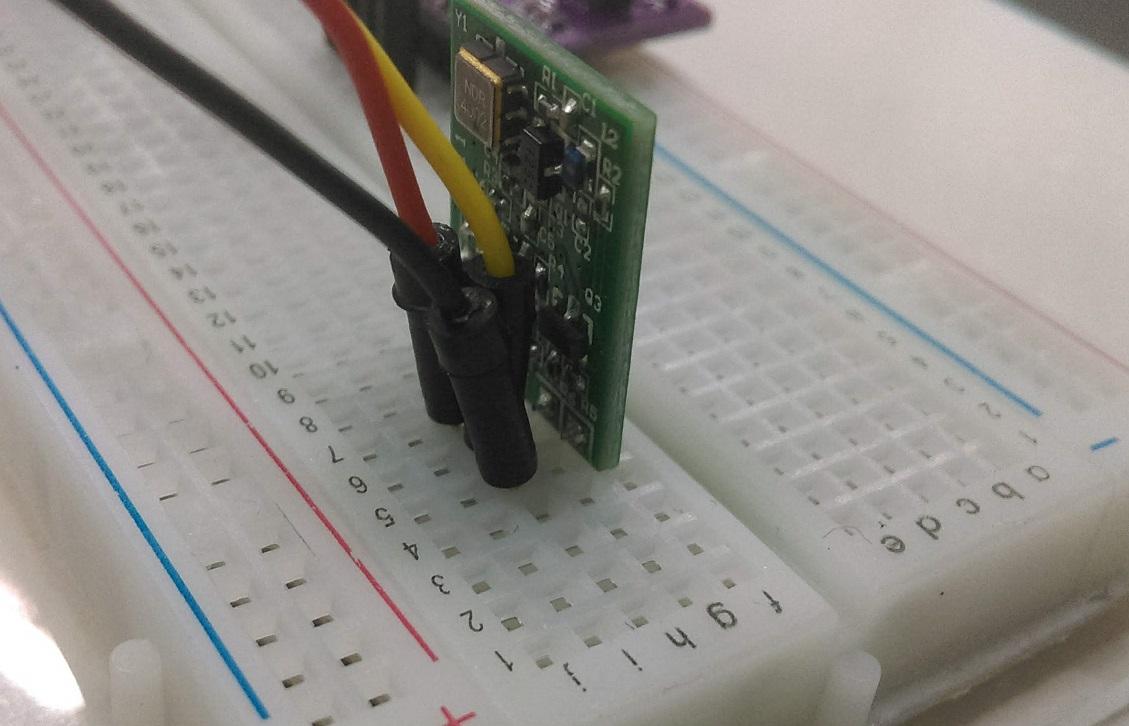
One thing about connecting these sort of prototyping wires is that they can sometimes fall out, which can be a real problem out in the field. If you are building something a little more longer lasting, you might want to look at
and soldering things together, or use something like
to contain everything.
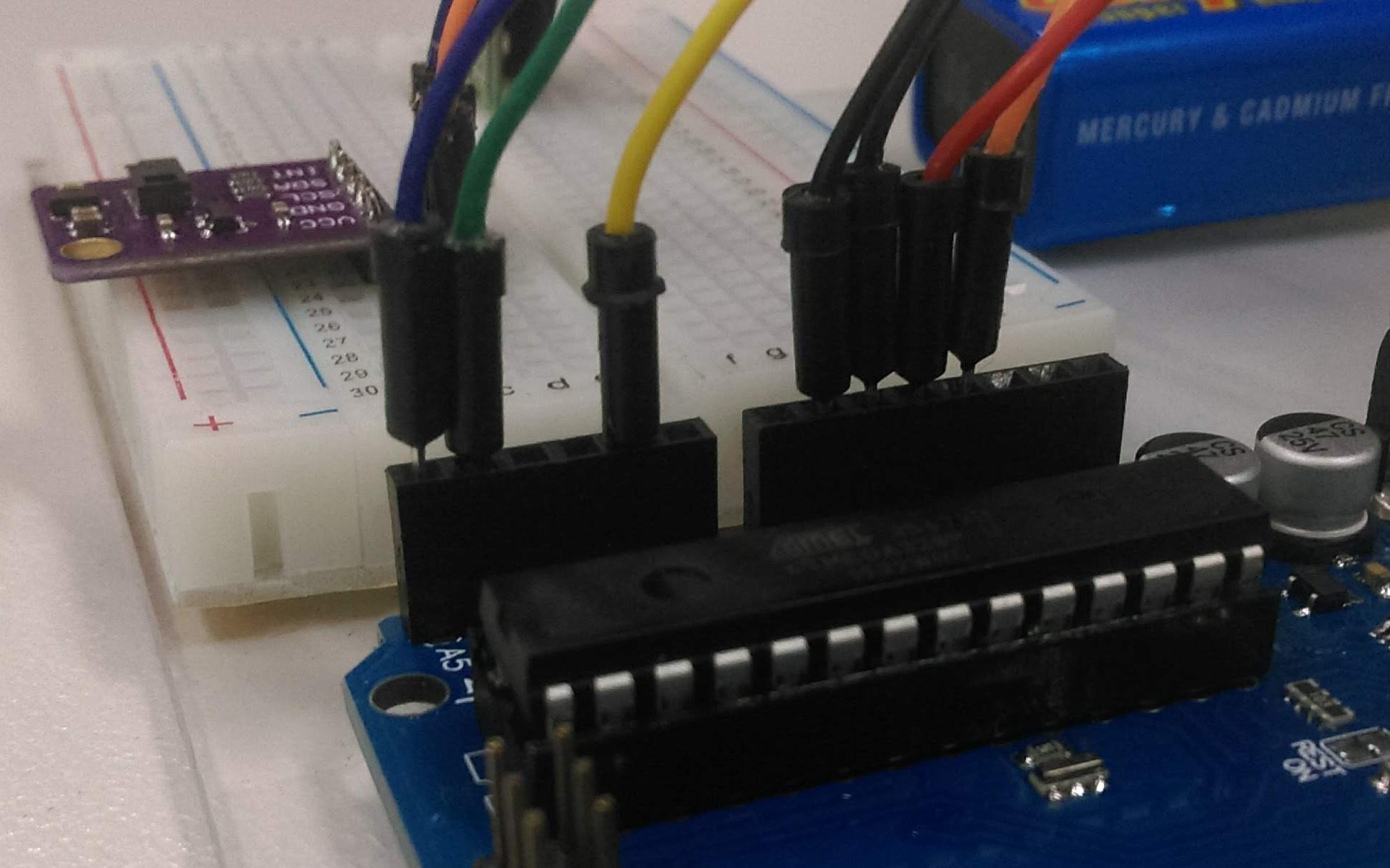
If you come into the store this month (November 2020) you should be able to see this on display soon, come and try it out and pick up a kit while you're in store, plus whatever else you think you might need.
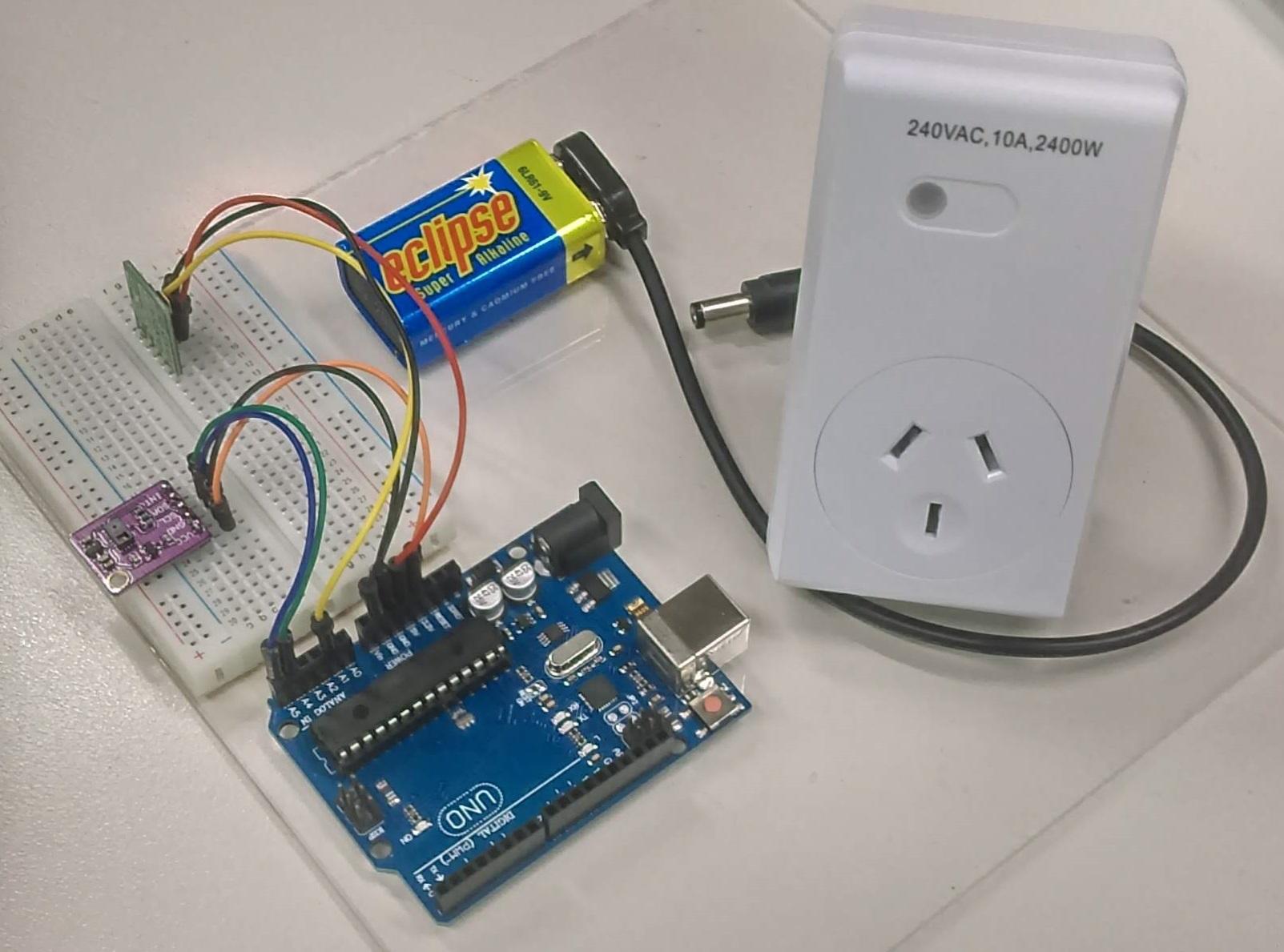





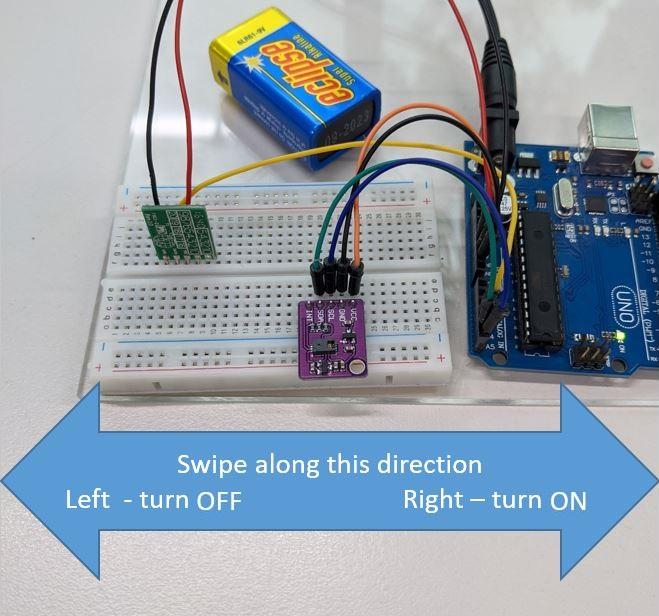
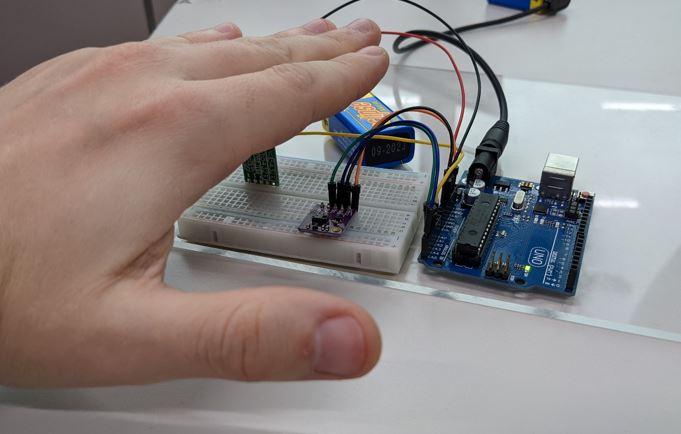
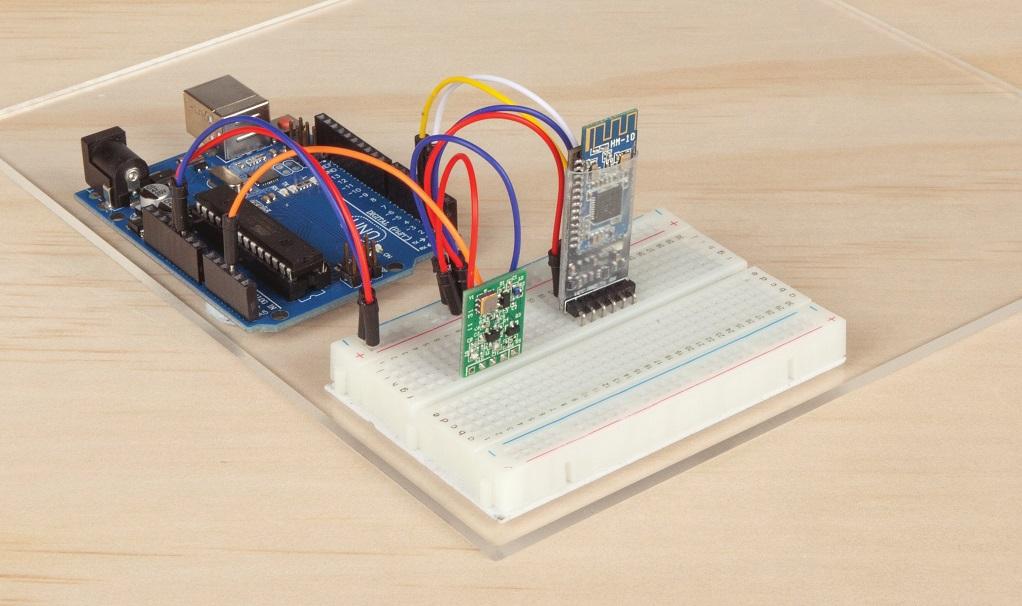
.jpg%3Fbranch%3Dprod&w=1080&q=75)
